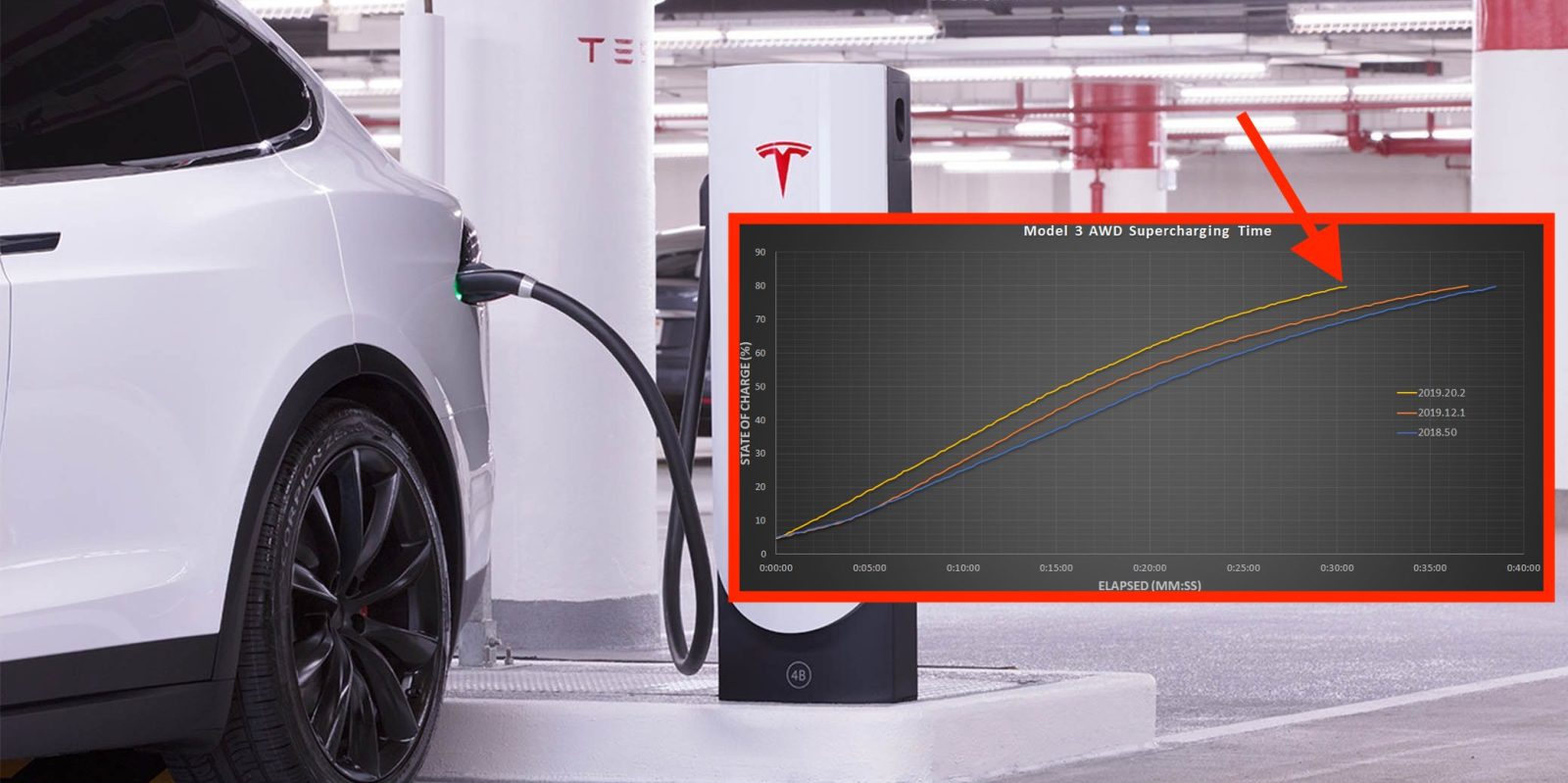Sooooo, a piece of information which I hadn't noticed: the Saudi PIF still owns their Tesla stock as of the end of March 2019. I think we can assume they still own it now.
EDGAR Filing Documents for 0001567619-19-010477
SEC FORM 13F-HR
SEC FORM 13-F Information Table
So the top (known) owners of Tesla are now:
Elon Musk with 34,102,560 shares as of May 20
Bailie Gifford with 13,244,526 (hardcore long-termers)
Capital World with 9,424,994 (I know very little about them -- they bought a lot in Q1)
Tencent with 8,347,094 (as of Feb 2018, but I doubt they sold)
Saudi PIF with 8,277,080
Vanguard with 7,737,842 (all index funds)
Blackrock with 6,472,686 (these are bad guys IMHO, run by a Fink)
Jennison with 5,132,969 (despite recent position trimming, I think they're long-termers)
Fidelity (FMR) with 4,634,797 (some funds divested after change of manager, other funds stayed in)
Larry Ellison with 3,000,000 shares
State Street with 2,857,414 (mostly custodians for other people, so no information there)
Goldman Sachs 1,854,825
T Rowe Price 1,674,337 (as we know, they dumped 7 million shares in Q1, which was really bad for their investors)
BAMCO 1,645,059
Invesco 1,613,059
Norges Bank 1,415,110
Geode 1,182,372 (never heard of them)
Two Sigma Advisers 1,144,367 (never heard of them -- just bought in in Q1 -- market timer? A quant, not fundamentals based)
Morgan Stanley 1,132,249
Deutsche Bank 1,047.903
Citadel 1,012,397 (just bought in in Q1 -- market timer? -- big on risk management)
Every other institution is below a million shares. (ARK is at 753,850.) The next one is Jane Street Group at 970,212, all bought in Q1, and they're another quant. Note that some companies like Two Sigma have multiple subdivisions, and another subdivision of Two Sigma (Two Sigma Investments) shows up later.
I looked up Capital World: "Since 1931, Capital Group has been singularly focused on delivering superior, consistent results for long-term investors using high-conviction portfolios, rigorous research and individual accountability." So they claim to be long-termers.
There could be other unknown big investors like Ellison and Tencent who aren't "institutional" and don't have to report. In fact, I bet there are. But not counting them, I'd say that 91.6 million shares are in the hands of people I consider long-termers (including Fidelity's remaining shares, though that's uncertain).
Another way to look at it -- shares outstanding are about 178.19 million. Of those, 99.01 million are held by "institutions" (which apparently includes the Saudi PIF but does not include Musk, Ellison, or Tencent).
Of those, if we include Fidelity's remaining shares and Capital World (which I would), about 40.18 are held by identifiable likely long-termers (including Vanguard's index funds). This leaves 58.83 held by unreliable, short-termer or quant institutions.
There are 43.63 million shares sold short as of the end of May. They can currently cover from the shares held by unreliable, short-termer institutions.
178.19 + 43.63 = 221.82 -- that's the number of million shares held by people who think they have long positions. Subtracting the institutions, this is 122.81 million held by non-institutional investors. Of this, 45.45 million is held by Musk, Ellison, and Tencent, with 77.36 million being held by the rest of us, including big investors who don't have to disclose (like Ellison didn't have to disclose before joining the board). Up to 8.9 million shares doesn't have to be disclosed unless you're an institution, though I doubt any hidden investor owns that much.
But I basically think nearly all the individual investors are long-termers.
I can't figure out how much money is in S&P index funds globablly, but there's $449 billion in Vanguard's mutual fund,$39 billion in Schwab's, $184 billion in Fidelity's, $28 billion in T Rowe Price's $271 billion in SPY ETF, $182 billion in iShares ETF, $114 billion in Vanguard's ETF, and probably a bunch of others with <5 billion each. So that's 1.27 trillion minimum, probably more The S&P market cap itself is 22.93 trillion, so S&P 500 funds are perhaps 5.5 percent of the S&P market cap. So an S&P 500 addition would be a purchase of about 5.5% of the shares outstanding of TSLA at least or 9.8 million shares. Enough to cause a large rally. This is why S&P inclusion is such a big deal for so many companies.
Though I don't know how much the "small" S&P index funds add up to. And closet indexers are believed to amount to 1.3 trillion in assets, about equal to the big S&P index funds, so small funds and closet indexers who aren't already in TSLA might nearly double this number.
Still not enough for a short squeeze IMHO. In order for a short squeeze to be possible, we need to see at least 15.20 million shares disappear from the institutional holdings list, or be taken by obvious long-term holders. Since some long-termers may trim their holdings and some individual investors may be short-termers, and there will likely be more dilution from stock options, it would need to be more than this. So S&P addition is probably not enough to cause a short-covering rally, though it might. However, if we see 5 or 6 million shares disappear from the short-term institutional holder list into the hands of individuals, long-term institutions, or strategic investors like Tencent, then the S&P inclusion, which is likely to be in 2020, would be fairly likely to cause a short-covering rally.



